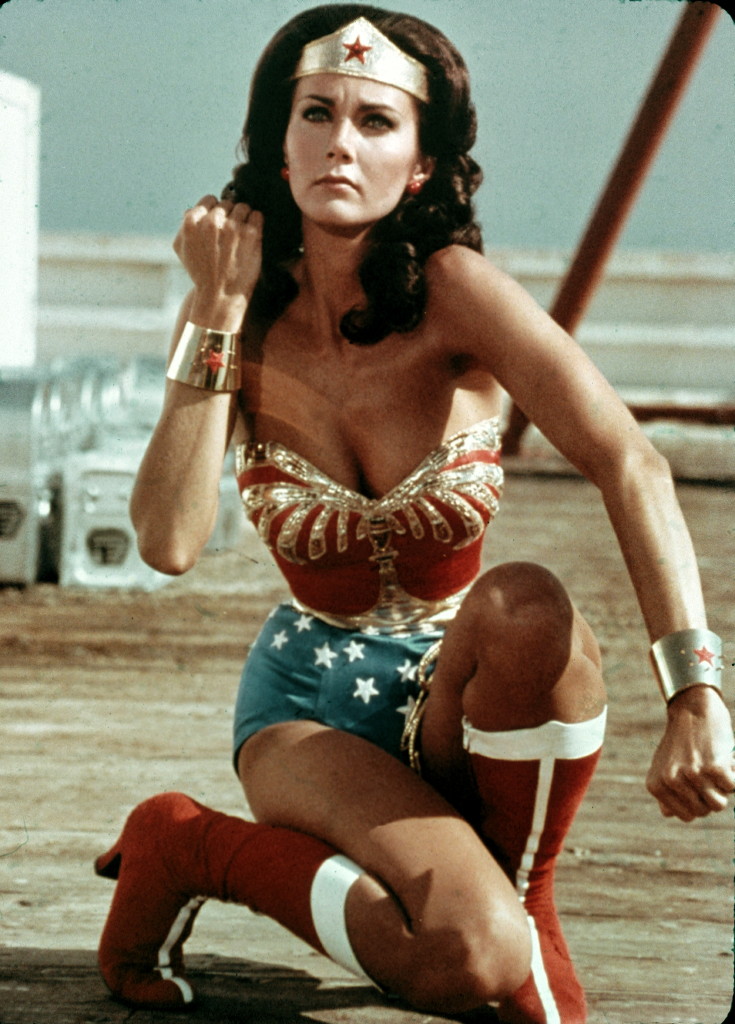Fighting for Women, Truth and the American Way.
By David Cohea, ReMIND Magazine
When Superman made his comic-book debut in 1938, devotees of the fledgling new media thought they had their ace. But the next year came Batman, a caped crusader with darker corners. Fans took sides. And then in 1942, a third figure stepped forth, more lissome but no less devoted to truth and the American way: Wonder Woman.
The brainchild of the pop psychologist William Marston, Wonder Woman owed much to the women’s suffragette movement of the early decades of the century. (The woman who lived with Marston and his wife was the niece of Margaret Sanger, a leading feminist figure.) Where men easily fall prey to the temptations of crime and war, Wonder Woman lived to a higher ideal of love and truth. Her bracelets could fend off bullets, and it was only by binding them that a man could gain power over her.
America was at war, and women were needed to fill in at hundreds of thousands of manufacturing jobs and assist otherwise in the war effort. Wonder Woman could rally the troops — fellow nurses and Wacs and secretaries who fought together for the same cause —showing them that no job was too tough for them. When the war ended and GIs returned, women were moved back into the home. Wonder Woman comics focused on romance. Then came the ’60s with a revamping of Wonder Woman into a female superspy resembling Emma Peel of the popular TV show The Avengers.
With the ’70s and the women’s liberation movement, Wonder Woman was returned to her earlier superhero demeanor. She was featured on the cover of the inaugural issue of Gloria Steinem’s Ms. magazine. The Wonder Woman TV show starring Lynda Carter ran from 1975 to 1979, suggesting in her transition from comic book to mainstream television that the world might be ready for a real Wonder Woman.
While Carter had beauty-contest looks, she says she did her best to act around those qualities as Wonder Woman. In a 2014 interview with the Nerdist, Carter explained why she and her character were such a success. “It was because it wasn’t about brawn; it was about brains. And yes, she happened to be beautiful, she happened to be kind of extraordinary in some way, but she wasn’t a guy. And I think that, oftentimes, they try to put out a female hero, and all they are doing is changing the costume from a man to a woman. It’s really a man could be doing the same part; they’re not showcasing any of the tremendous dichotomies that women possess in terms of softness and toughness, sweetness and grit, and inner and outer strength. You know, nobody wants a ‘ballbuster.’ But you champion the woman who takes out the pepper spray and saves herself from an attacker and shows off tremendous kind of bravery in so many ways. And I think that’s the main thing that people miss … they just put a woman in a male character’s part now.”
The idea of a Wonder Woman movie was kicked about Hollywood for decades, but nothing happened until director Patty Jenkins was given the job and an Israeli actress named Gal Gadot hired to play the Sufferin’ Suffragette of Steel. Both ladies delivered and the film was the third-highest-grossing box office success for 2017.
Brought to you by the publishers of ReMIND magazine, a monthly magazine filled with over 95 puzzles, retro features, trivia and comics. Get ReMIND magazine at 70% off the cover price, call 1-855-322-8784 or visit remindmagazine.com. ©2018 ReMIND magazine

